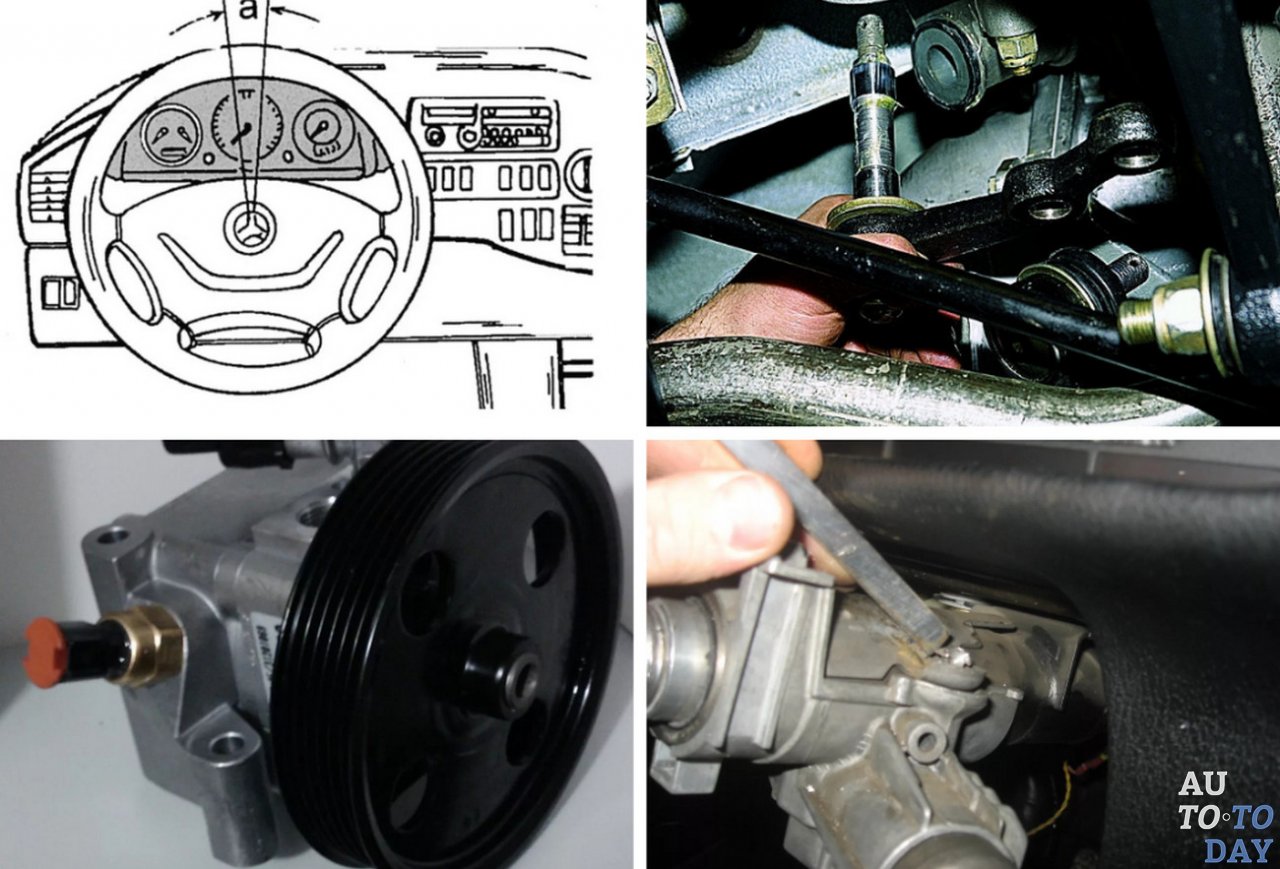
Symptoms of a Bad or Faulty Steering Adjuster Plug
Content
Common symptoms include a feeling of looseness or difficulty in turning the steering wheel, power steering fluid leakage, and steering wheel shaking while driving.
The steering system on any vehicle is made up of several components that work together to allow the vehicle to turn left or right safely. One of the most underrated parts of the steering system is the steering control plug located inside the steering gear. Over time and with heavy use on and off the road, this adjustment device loosens or breaks, causing a variety of problems, from a loose steering wheel to a complete failure of the steering system.
For effective operation, the steering system must be properly centered and all connections must be securely tightened. This is the job of the steering adjuster plug. With proper steering adjustment, steering will be responsive, confident, and improve your vehicle's overall performance. If the steering adjuster plug is loose or broken, it can lead to potentially dangerous driving conditions.
There are several warning signs that any driver can recognize that will alert them to potential problems with the steering control plug or the components inside the steering gear that allow it to operate efficiently. Listed below are a few symptoms that could signal a bad or defective steering control plug.
1. The steering wheel is loose
Although the steering wheel is attached to the steering column, a broken steering adjuster plug located inside the steering box can cause the steering wheel to come loose. This is usually recognized by the physical ability to move the steering wheel up and down, left to right, or make circular motions within the steering column. The steering wheel must be solid inside the steering column and never move. So, when you feel this condition on your steering wheel, see a certified mechanic as soon as possible so they can road test, diagnose and fix the problem immediately.
2. Power steering fluid leak
Although the steering adjuster plug is inside the steering gear, a leaking power steering fluid can be a warning sign of a problem with this adjuster. When the steering gear is loose, it tends to create extra heat inside the steering gear, which can cause seals and gaskets to wear prematurely. This is what usually results in a power steering fluid leak. In fact, most power steering fluid leaks are caused by a faulty steering regulator plug. Power steering fluid is easy to identify as it usually has a burning smell. If you notice power steering fluid on the ground under the car; see an ASE certified mechanic to correct this condition before driving for too long.
3. The steering wheel is difficult to turn
If the steering adjuster plug is defective, it can also become very tight. This will cause the steering wheel to turn poorly or appear to be resisting your actions. If you notice that the steering wheel is more difficult to turn than usual, it may be because the steering adjuster plug is too tight. Sometimes a mechanic can simply adjust the adjusting plug gap to correct the settings if found early enough; that's why it's important to contact a mechanic as soon as you notice this problem.
4. The steering wheel vibrates while driving.
Finally, if you notice that the steering wheel shakes a lot when you drive slower, but calms down when you drive at high speed, this is also a sign of a broken steering control knob. When the steering gear is loose, it will rattle on the steering input shaft, steering column, and eventually the steering wheel as the vehicle begins to move forward. Sometimes this situation clears up as the car accelerates, and in other situations the situation worsens as you drive faster.
Any time you experience steering wheel shaking, it's usually due to loose components in your car, from your car's suspension to tire problems, and sometimes a small mechanical item like a steering adjuster plug. When you notice any of the above warning signs, contact your local ASE Certified Mechanic so they can properly diagnose the problem and effectively fix the cause.
